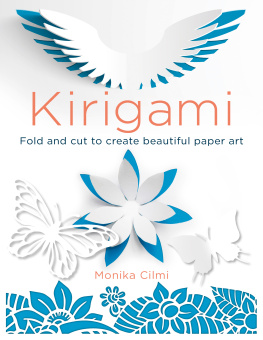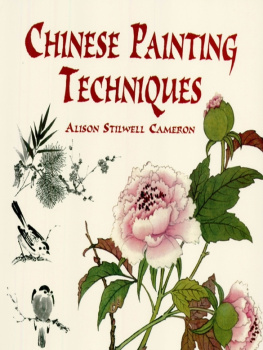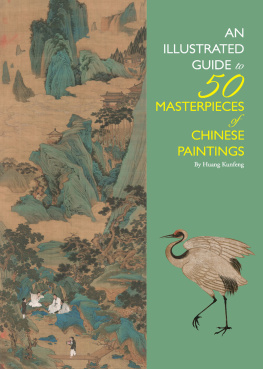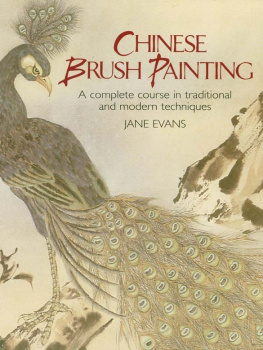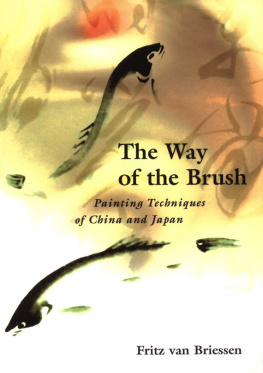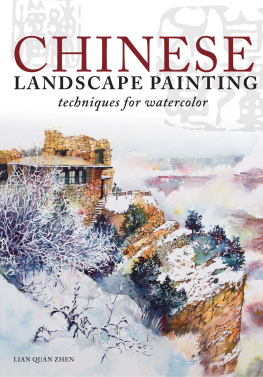Monika Cilmi - Special Subjects: Beginning Chinese Brush: Discover the Art of Traditional Chinese Brush Painting
Here you can read online Monika Cilmi - Special Subjects: Beginning Chinese Brush: Discover the Art of Traditional Chinese Brush Painting full text of the book (entire story) in english for free. Download pdf and epub, get meaning, cover and reviews about this ebook. year: 2017, publisher: Walter Foster Publishing, genre: Home and family. Description of the work, (preface) as well as reviews are available. Best literature library LitArk.com created for fans of good reading and offers a wide selection of genres:
Romance novel
Science fiction
Adventure
Detective
Science
History
Home and family
Prose
Art
Politics
Computer
Non-fiction
Religion
Business
Children
Humor
Choose a favorite category and find really read worthwhile books. Enjoy immersion in the world of imagination, feel the emotions of the characters or learn something new for yourself, make an fascinating discovery.

- Book:Special Subjects: Beginning Chinese Brush: Discover the Art of Traditional Chinese Brush Painting
- Author:
- Publisher:Walter Foster Publishing
- Genre:
- Year:2017
- Rating:3 / 5
- Favourites:Add to favourites
- Your mark:
Special Subjects: Beginning Chinese Brush: Discover the Art of Traditional Chinese Brush Painting: summary, description and annotation
We offer to read an annotation, description, summary or preface (depends on what the author of the book "Special Subjects: Beginning Chinese Brush: Discover the Art of Traditional Chinese Brush Painting" wrote himself). If you haven't found the necessary information about the book — write in the comments, we will try to find it.
With comprehensive instruction and artist tips and tricks, *Special Subjects: Beginning Chinese Brushis the perfect resource for beginning artists. Explore and experience this traditional medium!*
Special Subjects: Beginning Chinese Brush teaches aspiring artists everything they need to know to get started creating Chinese brush paintings. From choosing brushes to painting techniques, composition, and development, Special Subjects: Beginning Chinese Brush is bursting with valuable skills and lessons to help you learn how to use this traditional medium.
Artist Monika Cilmi guides you through an exploration of a variety of step-by-step Chinese brush paintings, covering basic concepts and techniques, such as different brushstrokes, as well as how to blend traditional methodswith your own personal style. Building on these introductory techniques, you can practice your craft with projects that cover a variety of subjects, including birds, flowers, and traditional landscapes. This is one tool that no artist will want to be without!
Monika Cilmi: author's other books
Who wrote Special Subjects: Beginning Chinese Brush: Discover the Art of Traditional Chinese Brush Painting? Find out the surname, the name of the author of the book and a list of all author's works by series.

